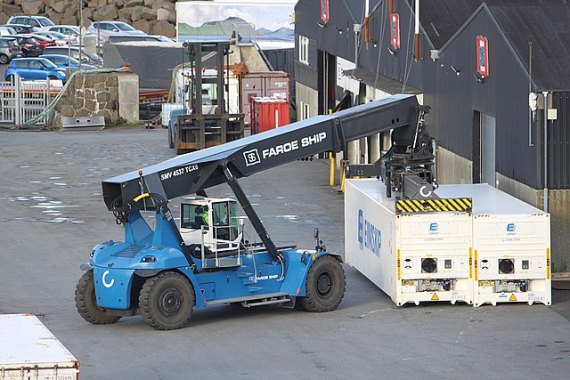-
Booming reefer freight rates are anticipated amid challenges in the shipping of refrigerated cargo, such as extended dwell times at ports and longer container equipment cycle times
-
Shippers of lower value cargoes such as bananas, onions, citrus or frozen vegetables are now confronted with much higher shipping costs after enjoying years of relatively low freight rates
-
Drewry now believes that the supply chain disruption will continue through next year, and that the stress on the system will not ease till 2023, supporting higher reefer freight rates
Even as dry container freight prices remain highly elevated, Drewry is forecasting that reefer freight rates will also accelerate through 2022 as container vessel slots remain scarce amid tight supply and continuing supply chain disruption.
“Booming reefer freight rates are following in the wake of the dry cargo sector, as operators realign risk/revenue expectations for refrigerated cargo in line with more inflated system costs and operational challenges, such as extended dwell times at transhipment ports and longer container equipment cycle times,” Drewry said in its latest “Reefer Shipping Forecaster” report.
Drewry’s Global Reefer Container Freight Rate Index, a weighted average of rates across the top 15 reefer intensive deep-sea trade routes, rose 48% over the year to the third quarter of 2021 and by the end of the fourth quarter, these gains are expected to reach as much as 55%.
“These advances have been mirrored by spot time charter rates for specialized reefer ships, which have seen their best ‘off season’ in history with rates for smaller vessels exceeding 100 cents cft/30 days,” the maritime and shipping consultancy said.
Shippers of lower value cargoes such as bananas, onions, citrus or frozen vegetables are now confronted with much higher shipping costs after enjoying years of relatively low freight rates which helped them develop markets far afield. They must now work hard to ensure these higher costs are passed on to retailers and end consumers, said Drewry.
Currently southern hemisphere beneficial cargo owners (BCOs) are finalizing negotiations for their seasonal fresh produce export season, as are banana multinationals and retailers for their cargoes to world-wide destinations. The aim is to manage rising costs while keeping the business viable for the long term.
It was previously expected that ongoing supply chain disruption would eventually self-correct by mid-2022. But Drewry now believes that this situation will continue through next year, and that the stress on the system will not ease till 2023, supporting higher reefer freight rates.
Seaborne reefer traffic is expected to grow 3.2% in 2021 to reach 136 million tons, a little lower than previous estimates. All commodities are showing growth in 2021, except bananas. Trade in meat to Asia is slowing amid lower pork prices in China and the banana trade is expected to decline 5% in 2021, owing to ongoing disease of the Philippine crop and low banana prices in general.
Reefer container production is expected to reach a record high of 170,000 FEUs (forty foot equivalent units) in 2021. But higher output has not necessarily resulted in improved equipment availability, as more carriers have deployed non-operating reefer containers to move higher paying dry cargo, which has prolonged reefer equipment cycles time and further constrained availability.
Meanwhile, the specialized reefer vessel segment is fully employed, with both small and large vessels in short supply. As the southern hemisphere high season looms, operators are struggling to manage their fleet deployment to ensure commitment to long-standing customers with rising space demands. At the same time more BCOs are turning to specialized vessel operators, seeking supply chain security for their perishable products which have a short shelf life.
Drewry stated: “Tight market conditions [are expected] to continue through 2022, supporting both specialized reefer vessel employment and reefer container freight rates, while challenging BCO logistics operations.”
Photo by NAC





